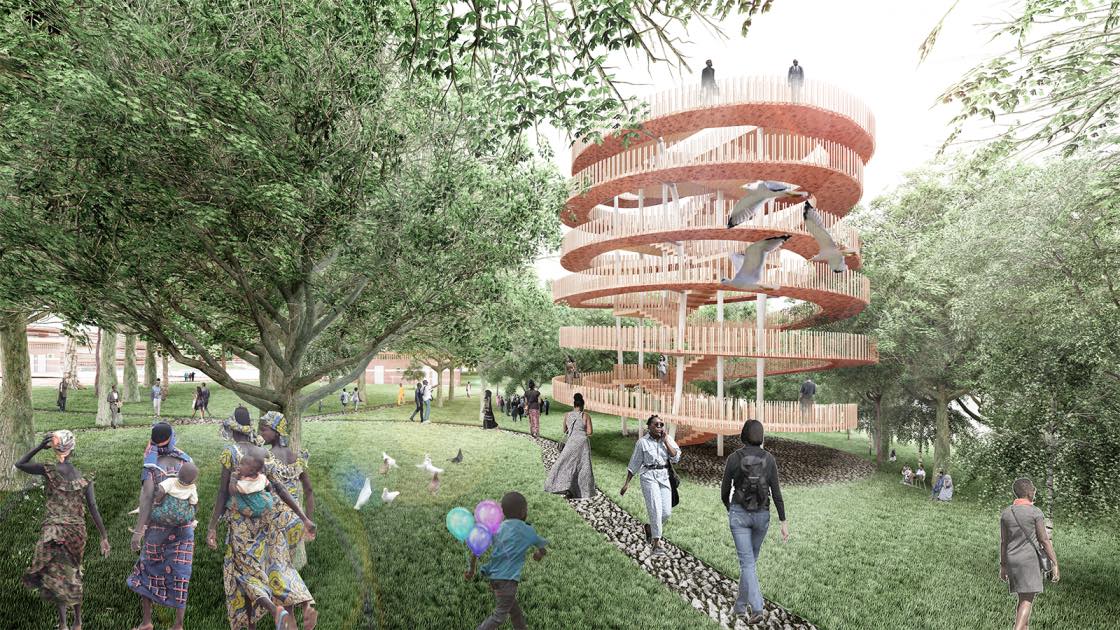
The Winners of the Second Edition of the LIV Hospitality Design Awards have been revealed
News | 3 years agoThe Winners of the Second Edition of the LIV Hospitality Design Awards have been announced, celebrating outstanding hospitality projects. The 3C Awards Group is pleased to formally announce the winners of the 2nd Edition of the LIV Hospitality design awards.
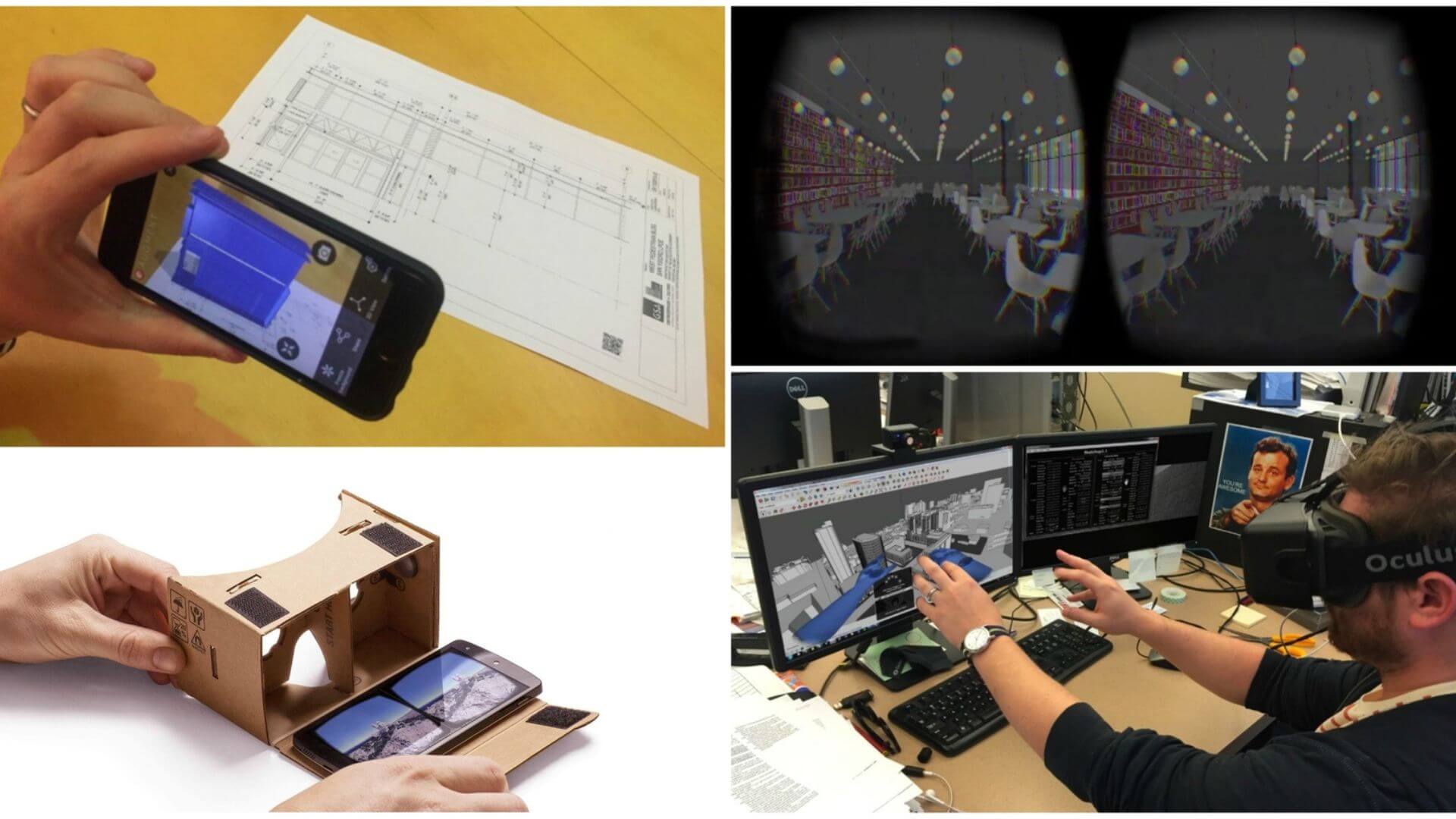
Virtual reality (VR) and augmented reality (AR) seem to have been mediated as interdisciplinary tools in most fields, and architecture and design have not failed to join this wave of progress. Professionals in the field have strived to utilize the utmost of this exciting technology by incorporating it into every phase of the project, starting from the very manifestation of their imagination to the actual implementation in real life.
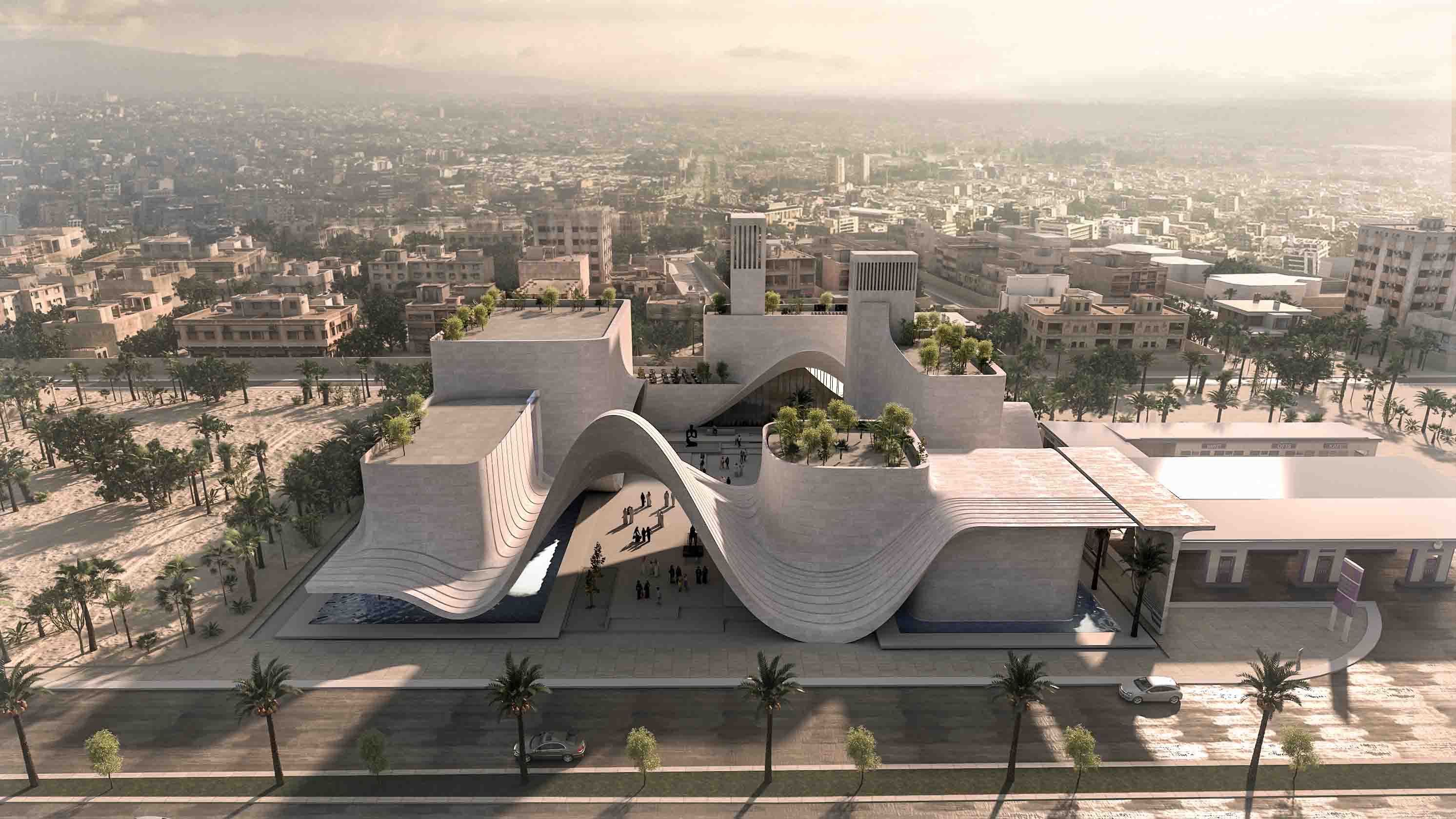
The Giza-based Architects (Mohamed Samy, Tarek Ali, Mohamed Sarhan and Sama Abdelkarim) from Cell Studio has recently designed a proposal for Barjeel Museum a modern Arab art museum in Sharjah, UAE, that connects the past with the future. Project description by the architects: The design seek...
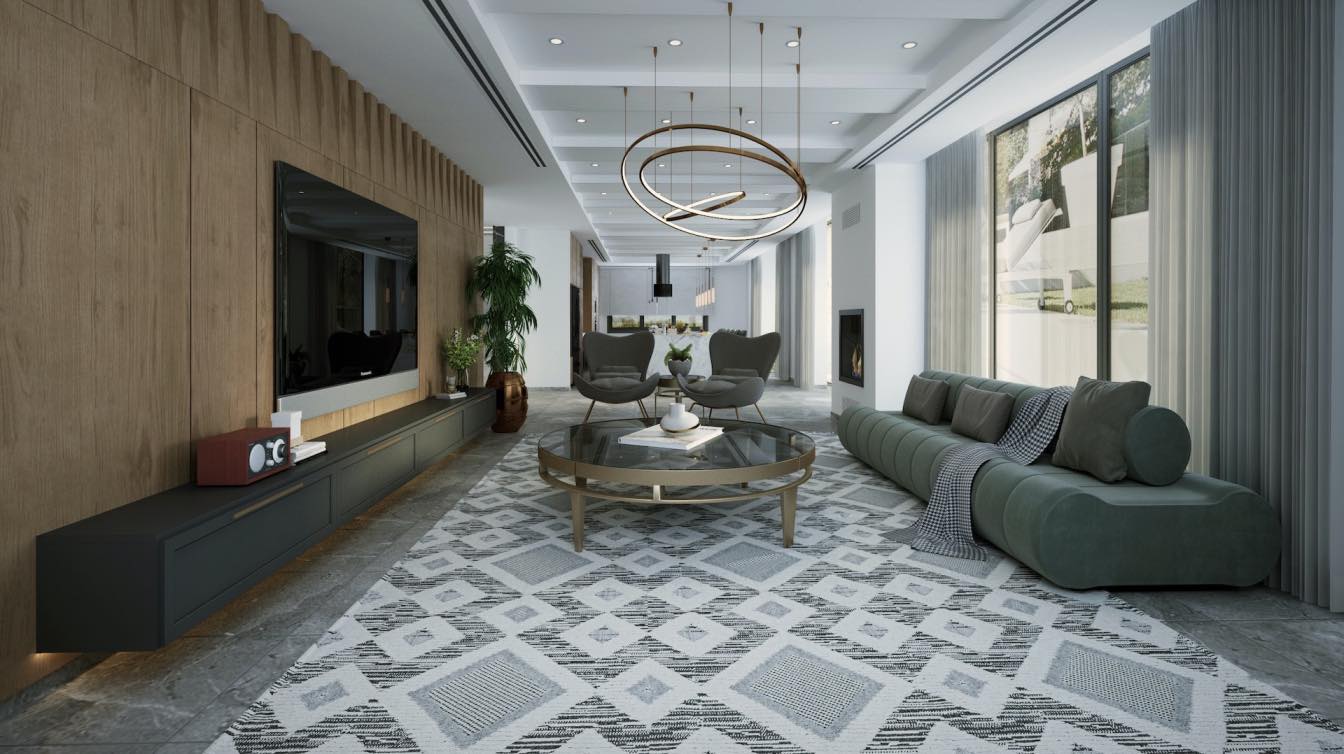
Why Should You Use Steam Cleaning Machines Instead of Traditional Chemical Cleaning?
Articles | 2 years agoIf you still serve your clients using traditional chemical carpet cleaning methods, you are not doing justice to your business. Traditional methods use detergents and chemicals that can squeeze the life out of your client’s carpet and can also cause allergies to their chemical-sensitive family members.
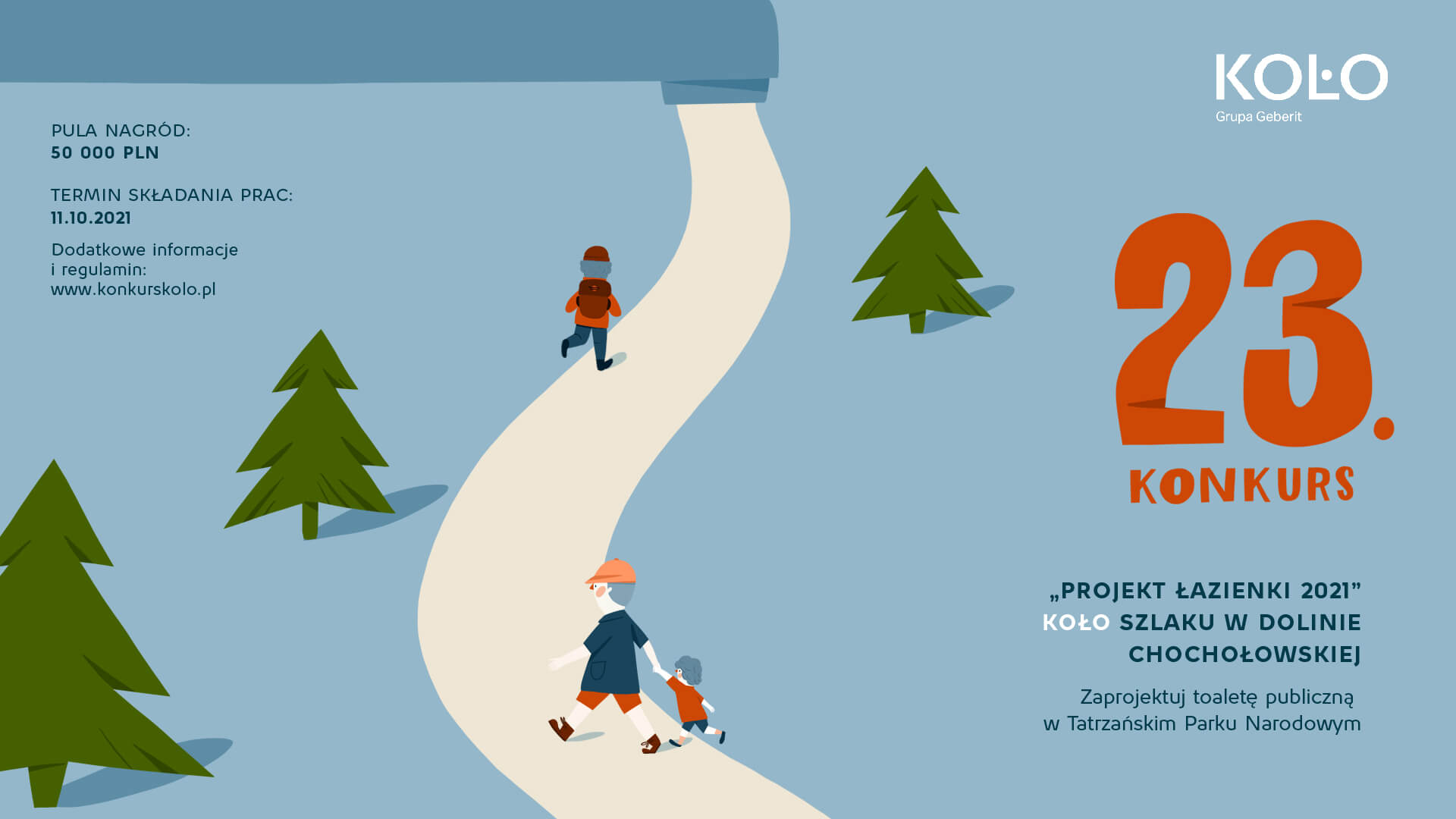
The annual KOŁO contest for conceptual design of the facility with public toilet function, organized by Geberit in Poland, always arouses great interest among beginning architects and architecture students.
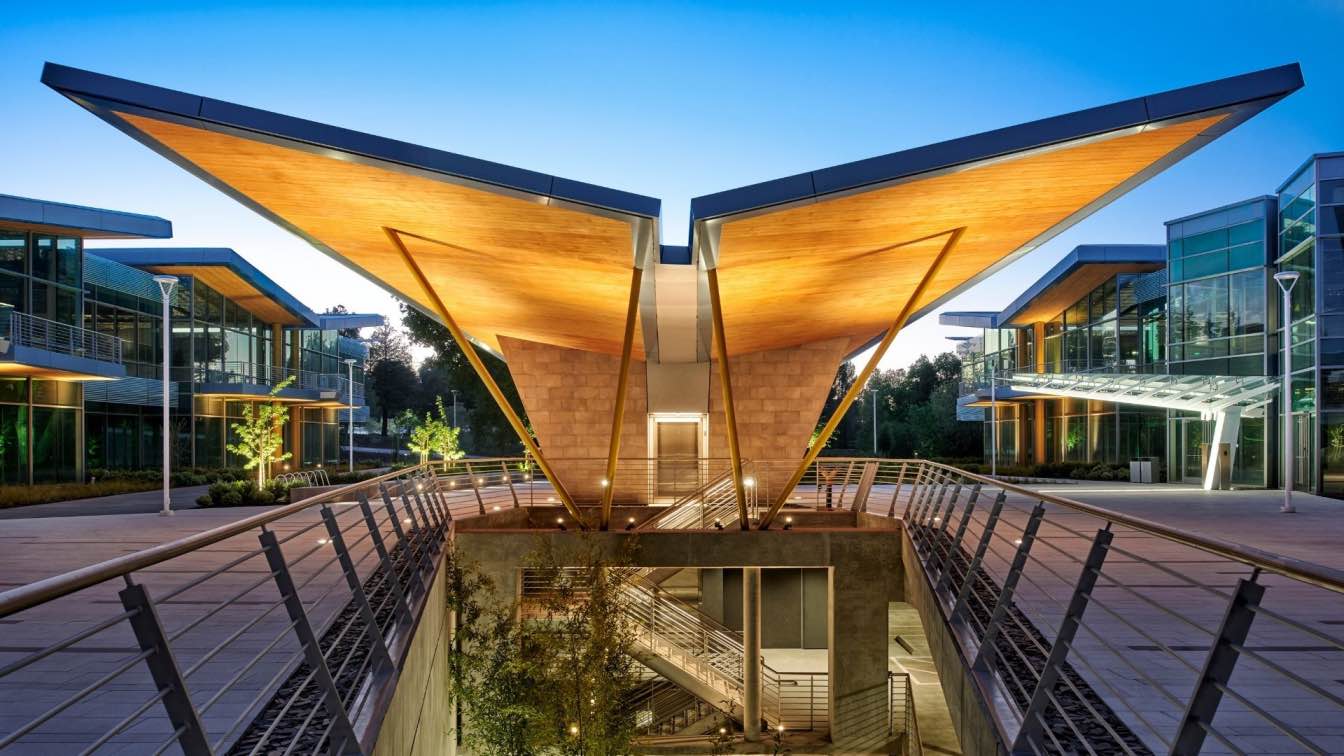
Folded Wings Office Park in Palo Alto, California by Form4 Architecture
Office Buildings | 3 years agoNamed for its butterfly-inspired angular canopies that adorn the project’s exterior, Folded Wings is a speculative office campus designed by Form4 Architecture in the technology epicenter of Palo Alto, California.
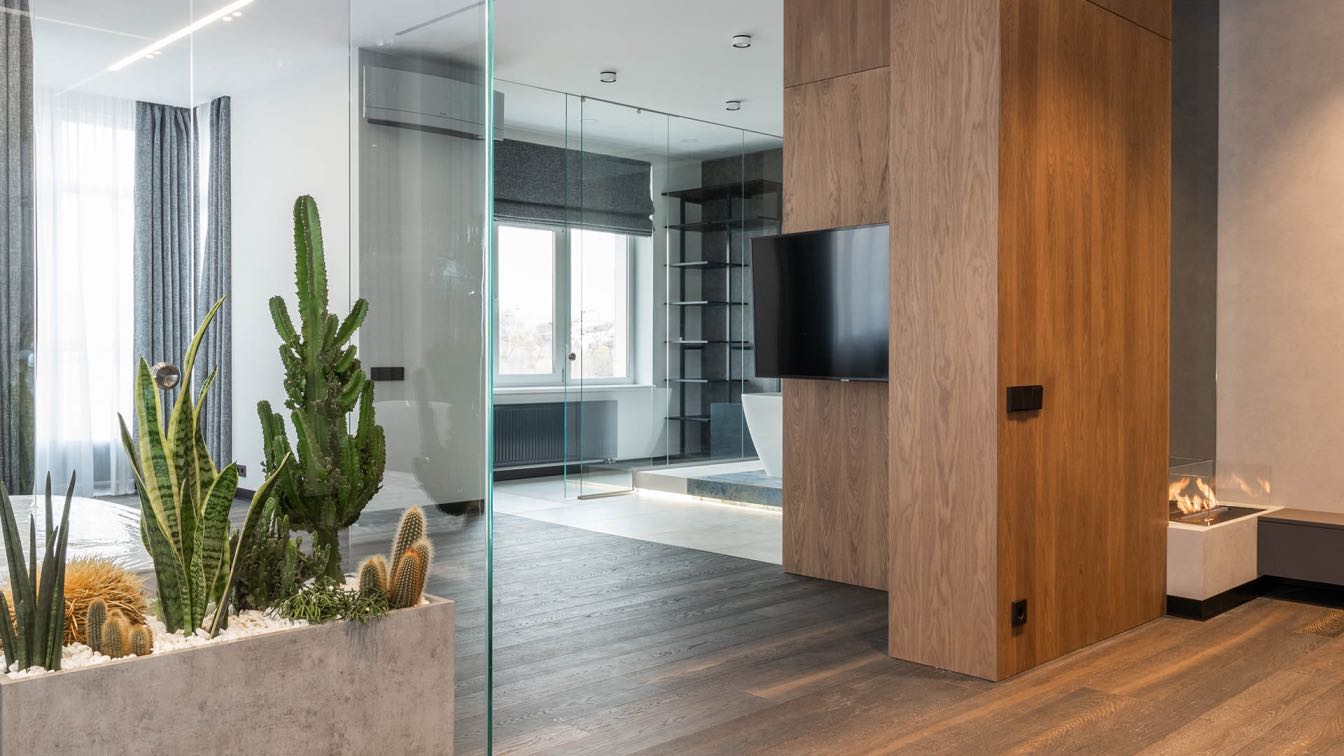
If you have been living in your apartment for a very long time, you might have noticed several parts that look like they're already falling apart.
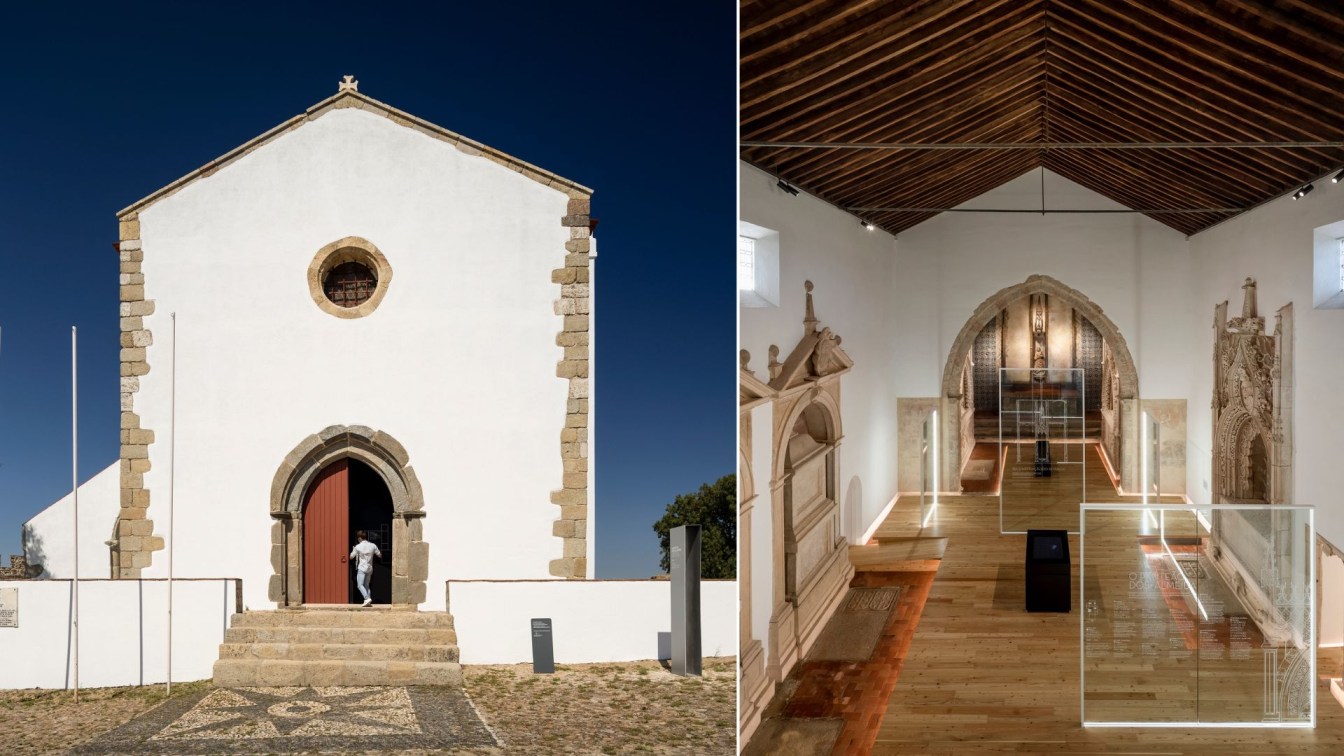
The Museography and Exhibition of Panteão dos Almeida, Abrantes, Portugal by Spaceworkers
Exhibitions | 2 years agoThe museography and exhibition architecture project of the Panteão dos Almeida, in the Church of Santa Maria do Castelo in Abrantes, Portugal, aims the adaptation and interior requalification of an old church (a historic building in the city of Abrantes, built in 1215 by D. Afonso II, being later, in 1433, rebuilt by D. Diogo Fernandes de Almeida, one of the central characters of this project), fulfilling the strictness of the restrictions, imposed by the entities that supervise the intervention in heritage and that do not allow any alteration to the existing other than painting and maintenance of materials.